I have a tibble with the following format:
ID fragment1 value1 fragment2 value2 fragment3 value3
1 50 90 45 10 NA NA
2 50 100 NA NA NA NA
I want to make a barplot "fragment vs value" but I can't find the right way to modify the original matrix and I am struggling a bit to wrap my head around the "melting data" concept (by which I mean I don't completely understand what I should be aiming for). Any help would be much appreciated.
